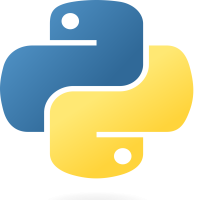
Python - Directories
07-Jan-2024Explore the management of directories in Python. Learn how to work with directories, create, move, and delete them, and understand directory-related operations for effective file organization.
Introduction
Directories, also known as folders, play a crucial role in organizing and managing files within a file system. Python has modules such as shutil and os that facilitate efficient handling of directories. The key ideas and methods for using directories in Python are covered in this documentation.
1. Listing Contents of a Directory
To list the contents of a directory, you can use the os.listdir() method.
# Example : Listing contents of a directory
import oscontent = os.listdir('path/to/directory')print(content)
2. Creating a Directory
To create a new directory, you can use the os.mkdir() method.
# Example : Creating a new directory
import osos.mkdir('/path/to/new_directory')
3. Checking if a Directory Exists
You can check if a directory exists using the os.path.exists() method.
# Example : Checking if a directory exists
import osdirectory_exists = os.path.exists('/path/to/existing_directory')print(directory_exists)
4. Removing a Directory
To remove an empty directory, use the os.rmdir() method. For removing a directory with contents, use shutil.rmtree().
# Example : Removing a directory
import osimport shutil
# Removing an empty directoryos.rmdir('/path/to/empty_directory')# Removing a directory with contentsshutil.rmtree('/path/to/directory_with_contents')
5. Changing the Current Working Directory
The os.chdir() method allows you to change the current working directory.
# Example : Changing the current working directory
import osos.chdir('/new/path')
Conclusion
Working with directories efficiently is essential for Python file management and organization. This documentation will improve your ability to manage file system operations by giving you important insights into listing contents, creating, verifying, and removing directories.


